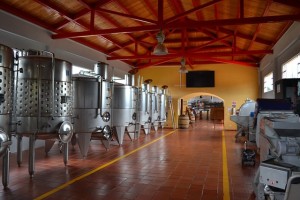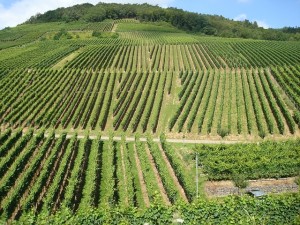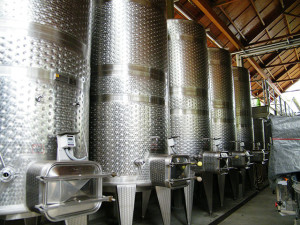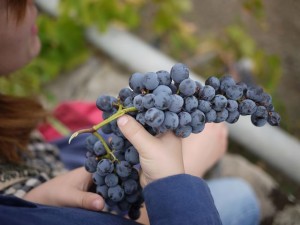Hugh Johnson is one of my favorite wine writers and the creator of “Hugh Johnson’s Pocket Wine Book” that is now in its 38th edition and the 2016 edition will be appearing before the end of this year.
 In his “Agenda 2015” that serves as an introduction to the current edition, he came up with a startling figure, “In 2010 there were 260 million hectoliters or 34 billion bottles, made. That’s nearly five bottles each for everyone on earth.”
In his “Agenda 2015” that serves as an introduction to the current edition, he came up with a startling figure, “In 2010 there were 260 million hectoliters or 34 billion bottles, made. That’s nearly five bottles each for everyone on earth.”
He also noted that there were eight million hectares (20 million acres) planted to the vine.
When I attend wine tastings or other social gatherings and drop that statistic on theoretically sophisticated wine lovers, usually mouths drop as far as they can go.
The reality is that we currently live in a “Golden Age of Wine”. Never before has there been so much good-quality wine available at reasonable prices, except of course in Thailand, where the Thai government places exorbitant taxes on this drink of moderation.
 There are many reasons for this rise in the quantity and quality of wine. First and foremost is education and technology.
There are many reasons for this rise in the quantity and quality of wine. First and foremost is education and technology.
The prototypical concept of what a winery is supposed to be is a small building surrounded by beautiful vineyards with an older couple and their younger son operating the family winery. Of course, these wineries exist and we support their continued existence, although their wines may command the highest prices.
The real drivers of the industry are corporate, however, and when visited, wine tourists are likely to be in awe of the “tank farms” containing millions of gallons of wine.
 Wine is not the most profit-making part of the adult beverage business. The leading profit-maker is beer, which can be made and shipped out in a few weeks, and can be produced from grains and hops 24 hours a day, all year. In second place are distilleries that can produce 24/365 from grains and lastly wine, which can only be made once a year from fresh fruit and the finished product can often take longer to make and age than beer and some whiskey.
Wine is not the most profit-making part of the adult beverage business. The leading profit-maker is beer, which can be made and shipped out in a few weeks, and can be produced from grains and hops 24 hours a day, all year. In second place are distilleries that can produce 24/365 from grains and lastly wine, which can only be made once a year from fresh fruit and the finished product can often take longer to make and age than beer and some whiskey.
Marketing is a key to survival. Large wineries can produce many different product lines at different price points, thus, in theory, producing healthy returns. However, this past year, several large operations have needed to reduce capacity as sales did not meet projections on a global basis.
 Behind the production of these many bottles of wine is technology that has been spawned by research into how to make a better wine than was made 50 years ago. There are traditions that continue such as expensive barrel ageing but one seldom sees grapes crushed with bare feet anymore, unless it’s at a harvest party.
Behind the production of these many bottles of wine is technology that has been spawned by research into how to make a better wine than was made 50 years ago. There are traditions that continue such as expensive barrel ageing but one seldom sees grapes crushed with bare feet anymore, unless it’s at a harvest party.
Although there are many current winemaking families, even the sons and daughters of these families usually attend enter a university where enology (winemaking) and viticulture (grape growing) are taught.
One can enjoy a visit to a picturesque winery in most countries, including Thailand, but behind that idyllic setting is an agricultural enterprise that is still dependent on the climate, soil and man to produce those five bottles of wine each of us expects.
[Article by David Swartzentruber]



 0
0